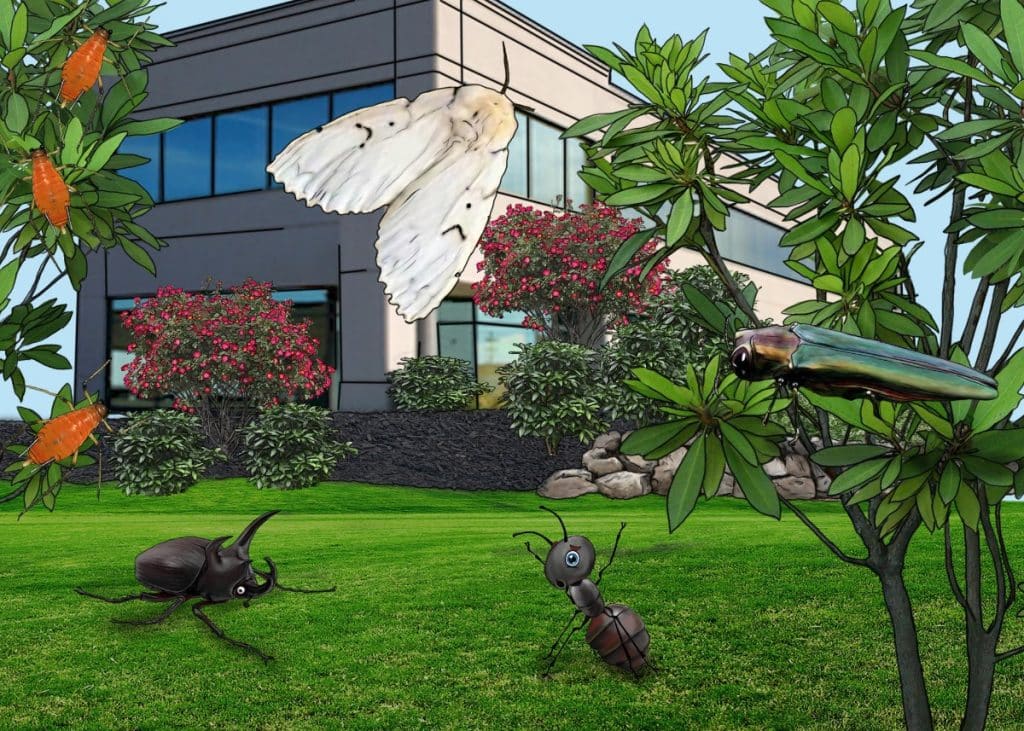Hello Spring, April 2024
To Gracie, these harmful invaders are hidden in plain sight.
Think about your worst nightmare. You know, the one with all the creepy crawlies in it? OUR worst nightmare is when harmful insects and other pests invade our client landscapes. Each year, we’re finding new types of troublemakers in bark, on leaves, and underground. It’s critical that we assess your properties for areas ‘under attack’ by invasive species.
So what do we do about it? Our Integrated Pest Management team takes a holistic approach to addressing areas of your property that are out of balance. Longterm protection goes beyond simply spraying with pesticides.
We incorporate a variety of options, such as adjusting the habitat, redirecting water, choosing pest-resistant plant materials—the list goes on.
To assess your property and develop a plan custom to your property, I’d like to invite you to have our IPM Manager, Gracie Tyus, come out and provide an estimate for whatever landscape pest control services you may need.
Reach out to me via email or phone, and I will set something up with Gracie. Alternatively, you can reach her directly at 540.728.1262 or gtyus@eelandscaping.com.
What Gracie Will Be Looking For Amony (Many) Other Things
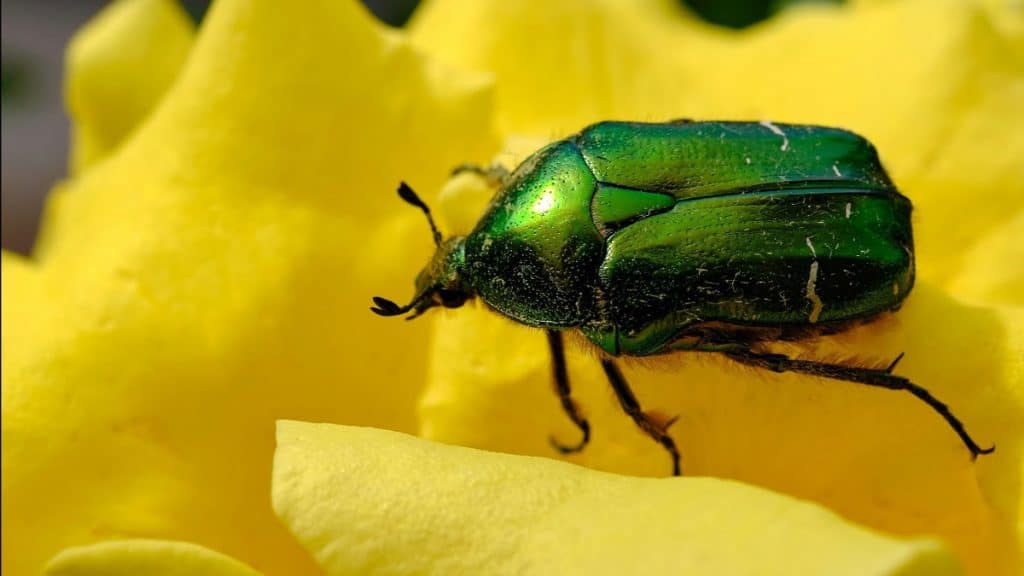
This green June beetle isn’t such a problem. It’s the grubs that cause the most damage.

Aphids are nasty. They suck on foliage, turning them brown, then leave a sweet residue that ants (and fungus) thrive on. Lace bugs (such a pretty name!) do this, too, and we’re seeing more of them.
Are you a homeowner in need of landscaping advice? Subscribe here to our once-monthly advice column for residential clients— FredTalks!
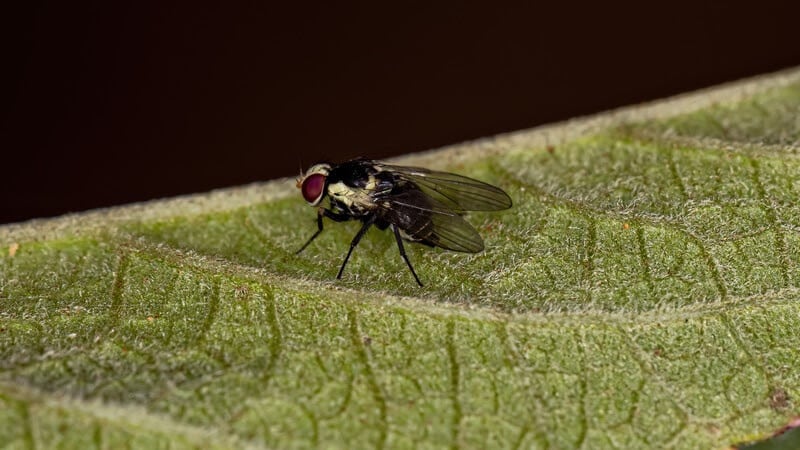
Leaf miners leave squiggly little ‘tunnels’ on plant leaves, thereby interfering with chlorophyll in leaves and ultimately photosynthesis.
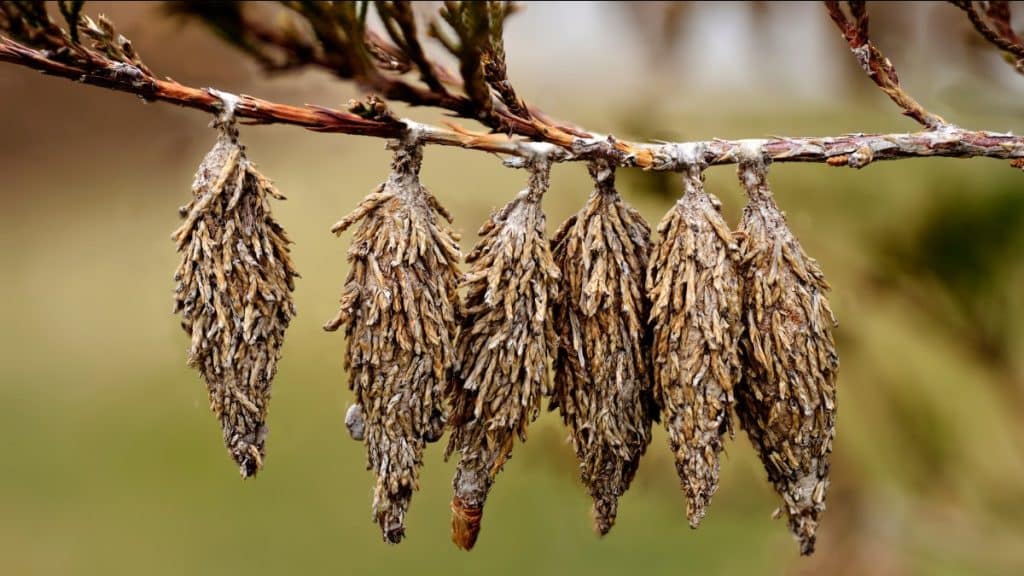
Bagworms eat trees.
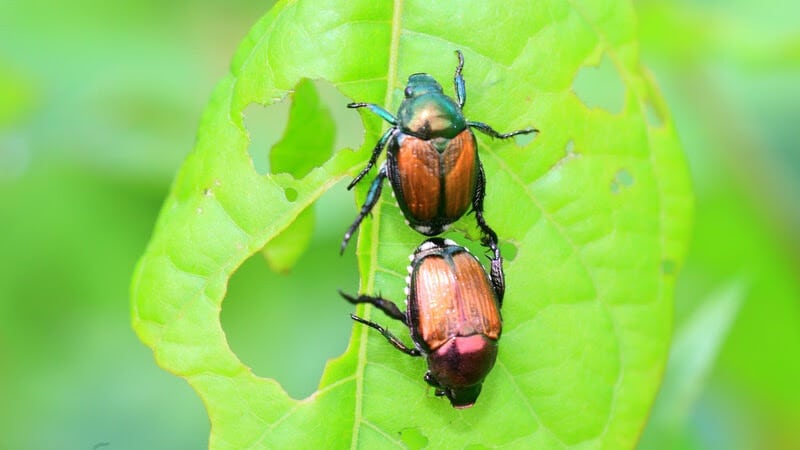
Everybody knows these guys, but we’re already seeing them in larger numbers this year. What do they do to plants? Look closely!
Sustainable Landscaping Corner
A Conversation with Gracie
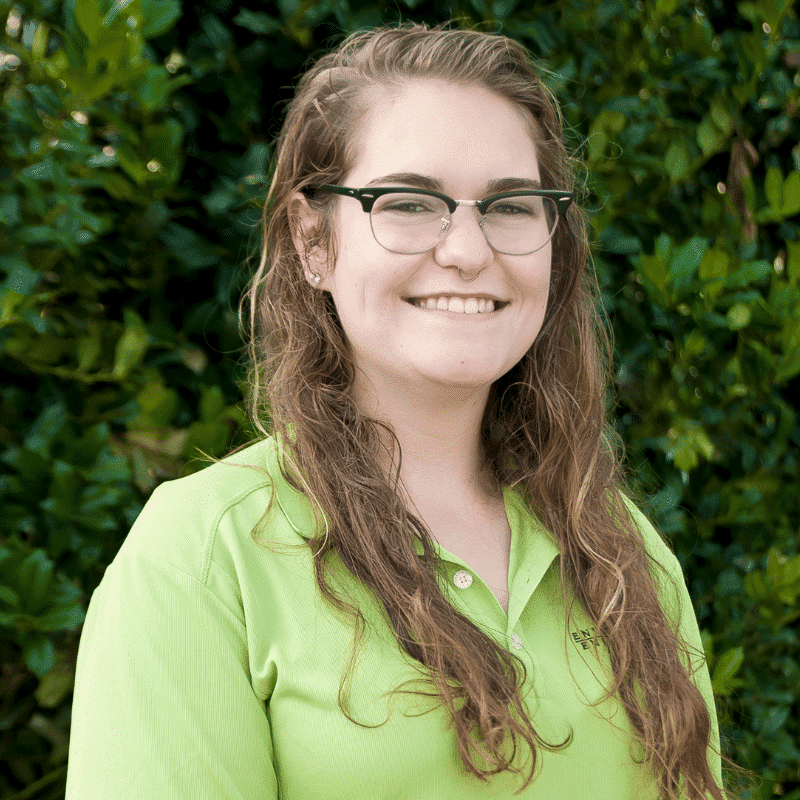 IPM Manager Gracie Tyus maintains the fertilizer and chemical applications for EE using the science behind plant health. Her approach to keeping landscapes in great condition is through hybrid programs, which integrate both organic and top-of-the-line chemical solutions.
IPM Manager Gracie Tyus maintains the fertilizer and chemical applications for EE using the science behind plant health. Her approach to keeping landscapes in great condition is through hybrid programs, which integrate both organic and top-of-the-line chemical solutions.
Q: How does Integrated Pest Management (IPM) help support sustainable landscaping?
GT: Long story short, IPM was actually developed to make landscaping as sustainable as possible. A key principle of an IPM program is to exhaust all options before choosing a commercial chemical treatment. Once we confirm a plant is having an issue, we identify the pests/disease and consider ways to control the infection/infestation through cultural and environmental solutions.
This could mean watering, planting location, determining if there are larger plants competing in the area, or determining if the plant is native, which may give us the opportunity to introduce a natural predator. If all our natural options fail to produce the desired result, we then consider a chemical solution.
Q. Can you talk about natural sprays you use for pest management?
GT: There are sprays marketed as less toxic available in the market, but their effectiveness depends on what you’re trying to use them for. Neem oil and Dawn dish soap (!) are not technically “natural” but have been tried and true as ways to mitigate insect pests.
Download our guide for property managers: Landscaping Strategies that will Make Your Tenants Love You
The struggle lies mainly in fungicidal treatments and other disease treatments. The organic market has not had as much success with these, as eradicating fungus from a plant is a more tedious process for the plant involved. The difficult part of changing properties over to organic-only treatment is asking the owners to have patience— organic takes longer to show effects because they are fundamentally weaker and are usually nutritional-based, and nutrients can take a while to explore the xylem/phloem (vascular system) of the plants.
Q. What are some other options besides sprays?
GT: There are other formulations and methods of pest management such as granular products, and water-soluble powders that are typically used in drenching. These mainly work through the root system of the plant, which means they will take longer to have the desired effect, but the effect could last longer because it is flowing through the vascular system of the plant for longer.
Q. What are some of the preventive measures you use?
GT: Some of the preventative measures we use are careful design practices to put the right plants in the right place, manage water usage as not to over-or-underwater plants (which helps mitigate disease, and insect pests as a secondary), proactively spray plants with systemic insecticides to prevent infestation, and careful and consistent scouting on site visits to monitor potential issues.
Integrated Pest Management is a critical part of maintaining healthy, beautiful trees, beds, and lawns. I encourage you to schedule time with Gracie so she can assess your property for areas that may need attention. Let me know and I’ll set something up!
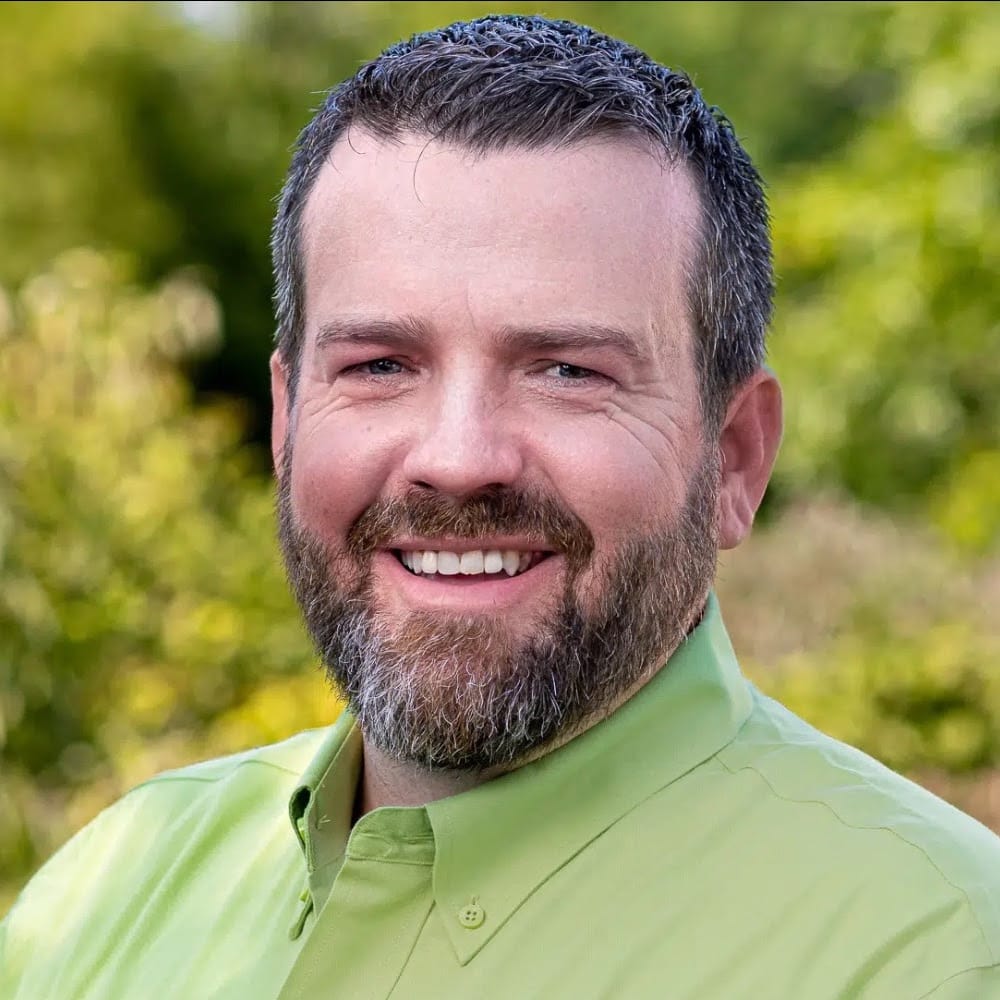 Warm Regards,
Warm Regards,
Kyle Thurman
Design Director
Ask About Organic Options! Environmental Enhancements
www.eelandscaping.com
540.764.4433
Did somebody forward you this newsletter and you want more? Subscribe here.

